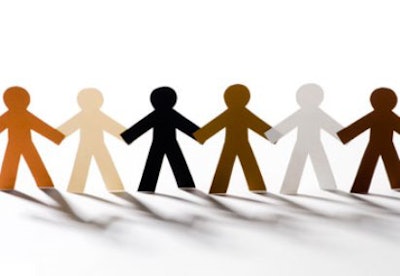
Experts say much of the success of these institutions is attributable to their missions.
“If we … have something like a tribal college, a historically Black college, a Hispanic serving college, they’re more apt to explore [ways to] increase student participation and performance outside of the normal ‘you have to make it on your own’ mentalities, … where other institutions are more, ‘let’s see how exclusive we can be,’” said Dr. W. Carson Byrd, an assistant professor of Pan-African Studies at the University of Louisville.
Dr. Crystal A. de Gregory, a national expert on HBCU history and culture and the founding editor of HBCUstory, said, “By and large, given what is the probable experience of being [a minority in this country], your sense of community would probably be appealed to more at an institution that was founded with the mission of community in mind.”
“I think one of the main pieces that’s important is how tribal colleges [and other minority institutions] take into account what challenges these students face when they’re growing up in their community,” said Dr. Tarajean Yazzie-Mintz, a senior program officer at the American Indian College Fund.
Both Byrd and de Gregory agree that most Predominantly White Institutions have built themselves on a tradition of exclusion, which is counter to the mission of many minority institutions.
“I think that’s a key distinction,” said de Gregory. “White higher education was birthed as an extension of power and privilege, so it was designed to be very elite and exclusive. So the Ivies, the first schools, the preeminent White schools in the nation were founded by this model and subsequent schools sought to follow this model of exceptionalism and exclusionism. It’s as much about who we let in as it is who we don’t let in.”















